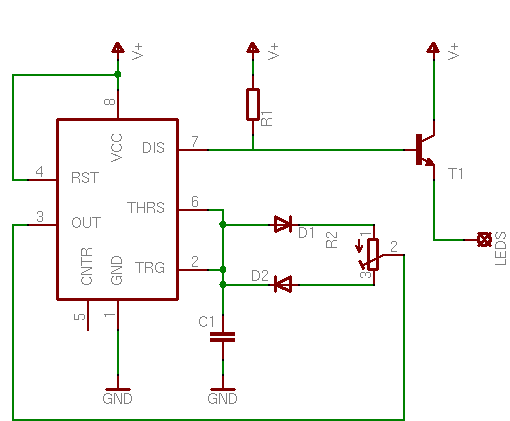Madhura Bhashitha
Newbie level 4

Hey !!
I was thinking of making a wireless light dimmer for Dc bulb without using a micro controller when i searched in internet i was able to find many circuits of light dimmer (wireless) with using micro controllers. how can you make a light dimmer without using a micro controller ?? if you can give me some schematics it will be great. thanks .
I was thinking of making a wireless light dimmer for Dc bulb without using a micro controller when i searched in internet i was able to find many circuits of light dimmer (wireless) with using micro controllers. how can you make a light dimmer without using a micro controller ?? if you can give me some schematics it will be great. thanks .





